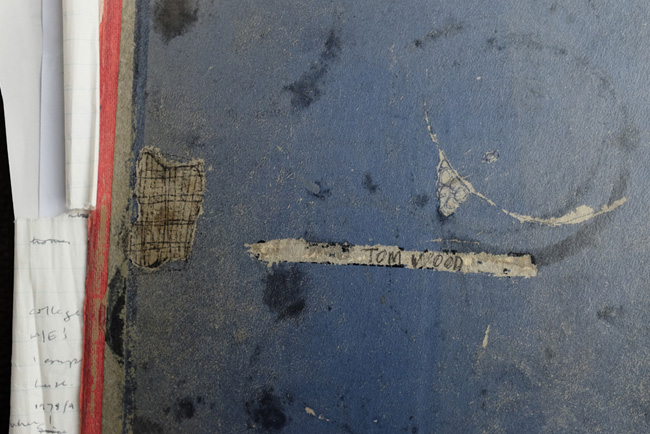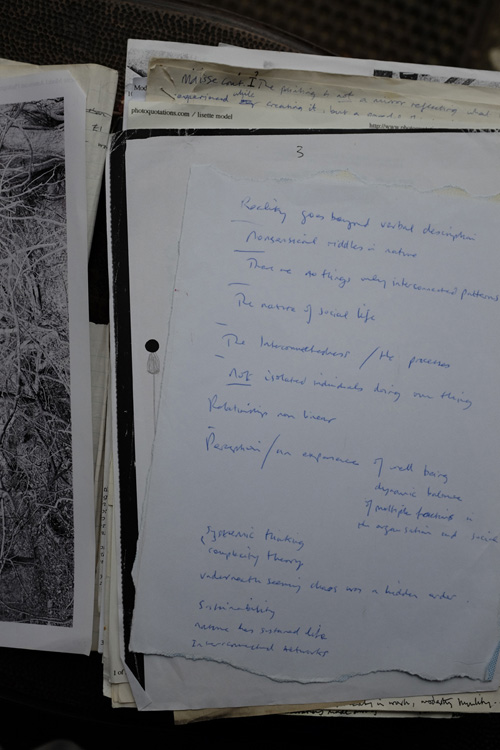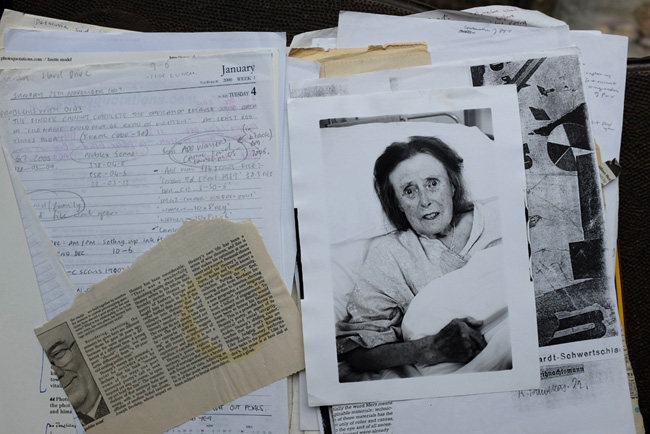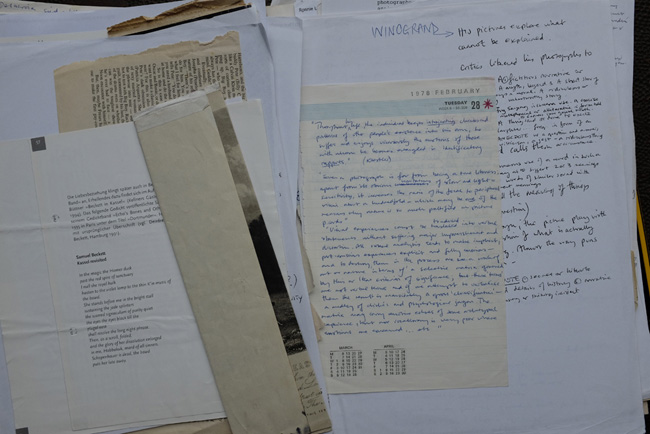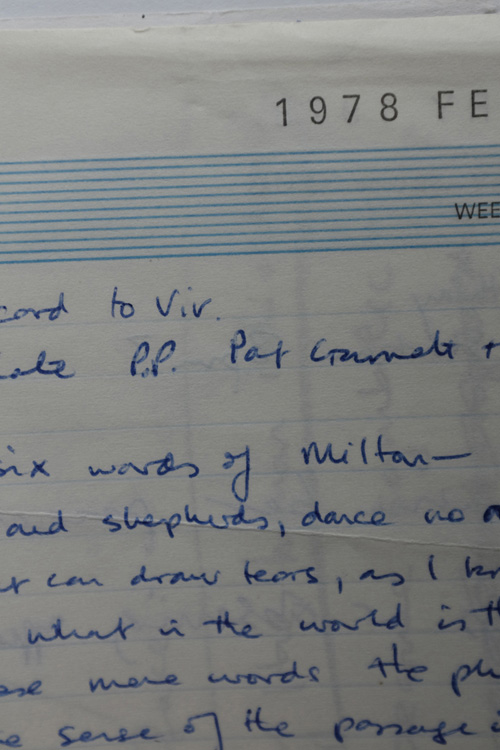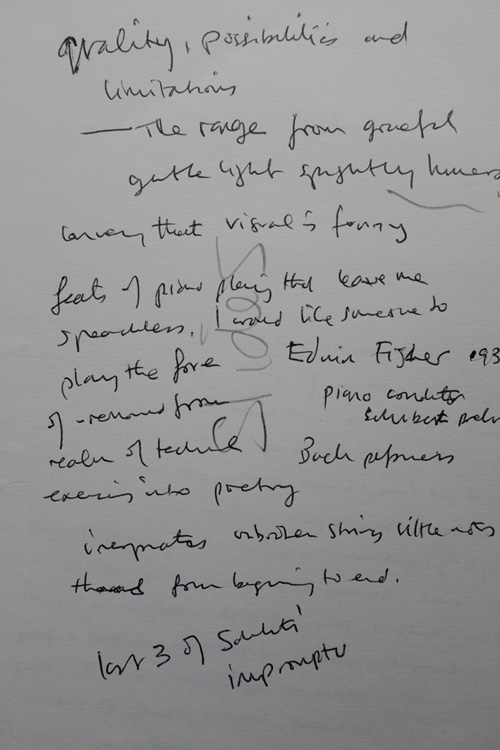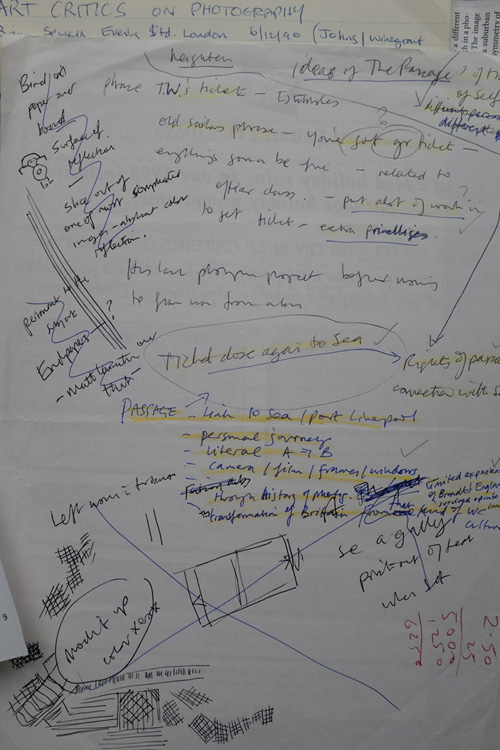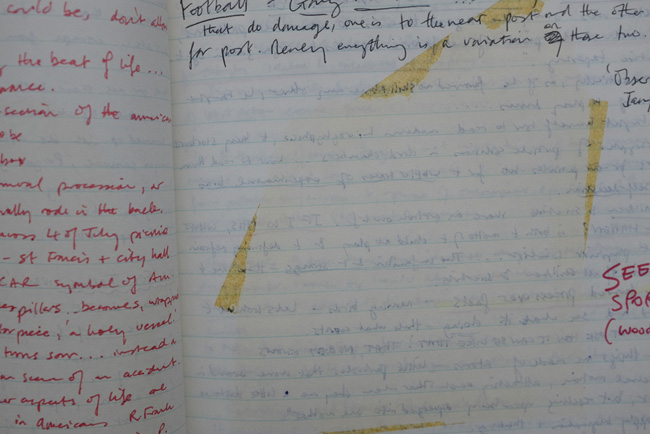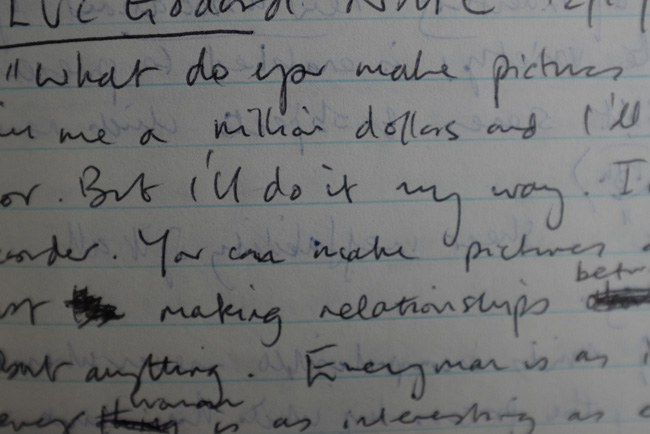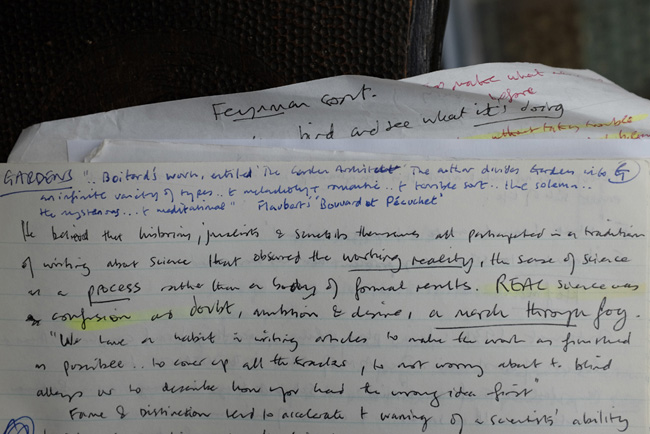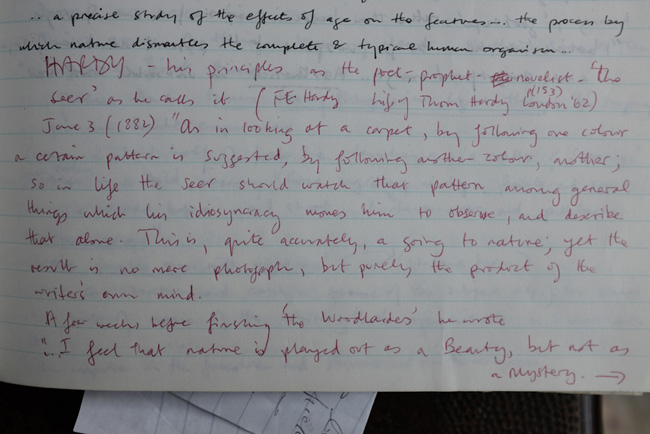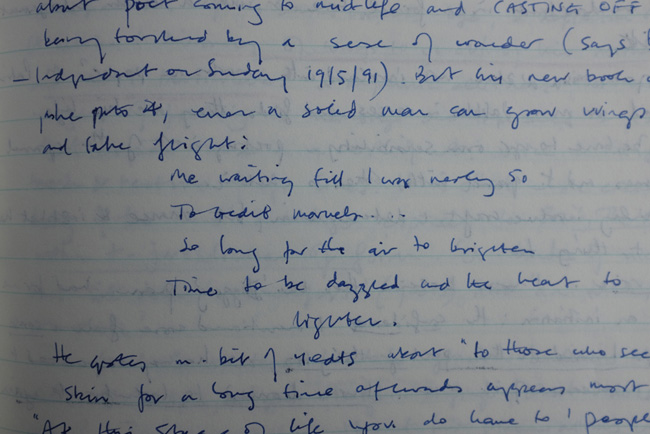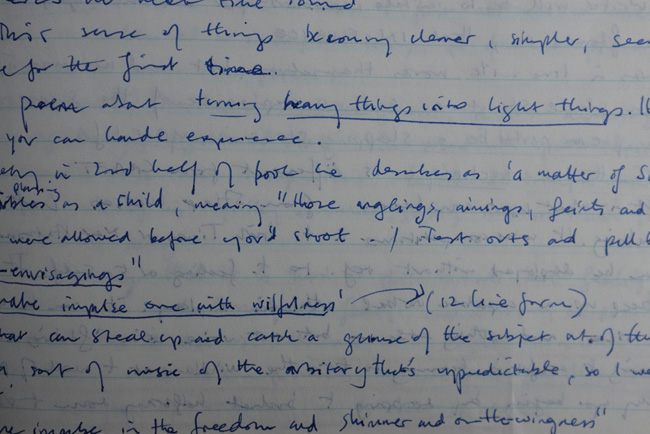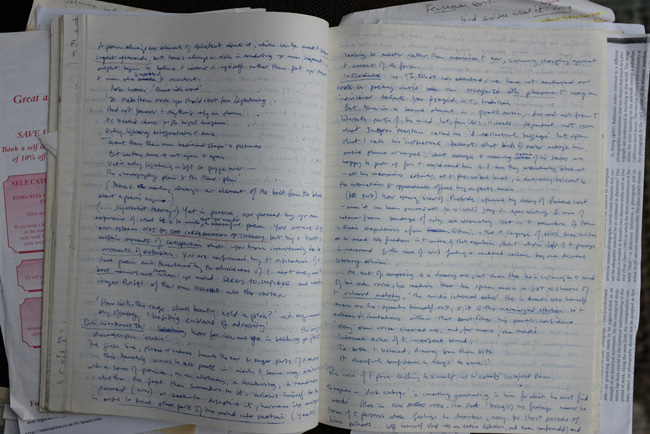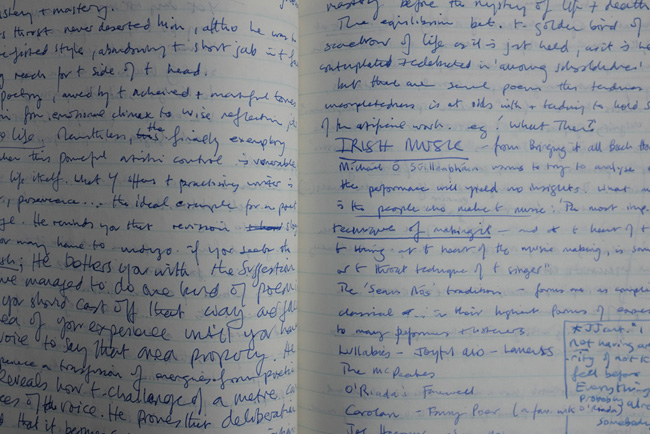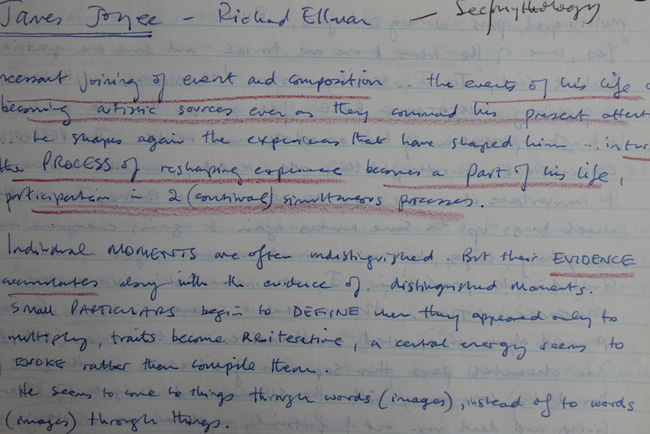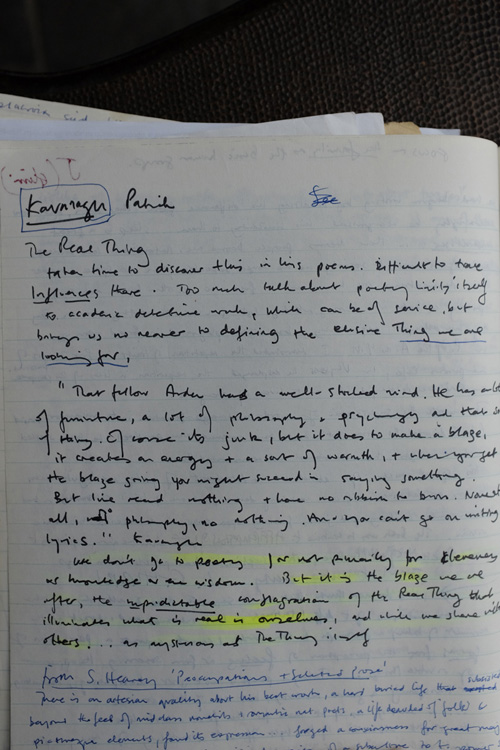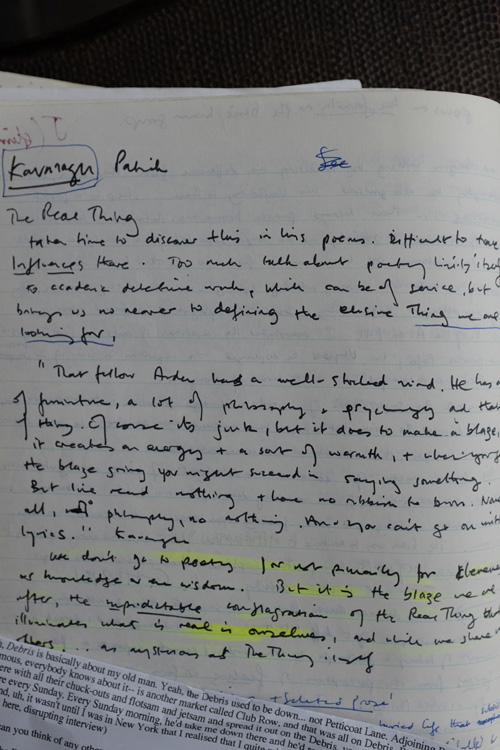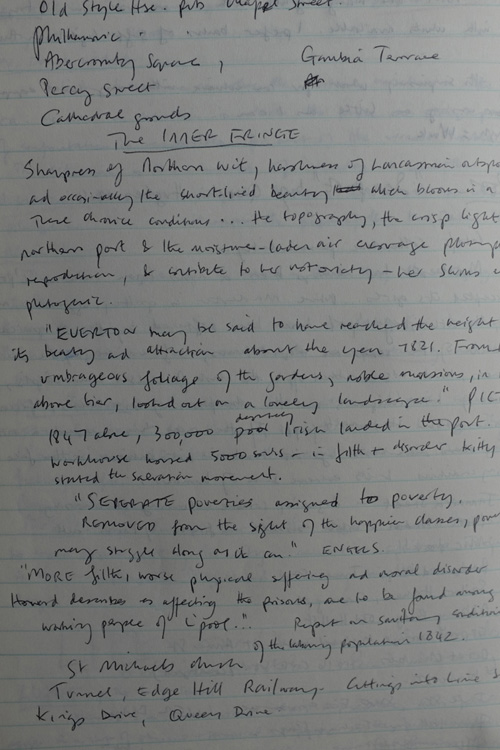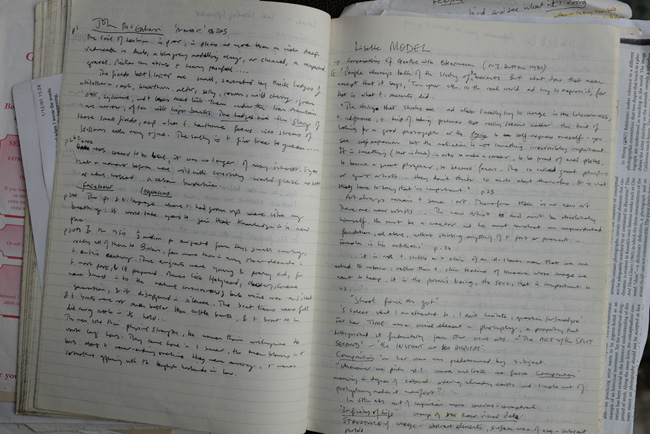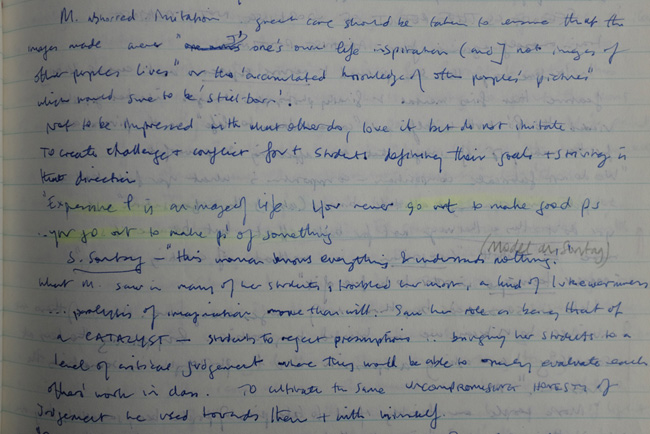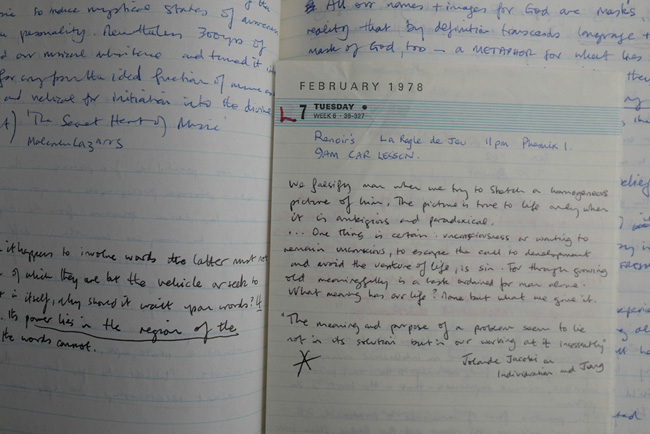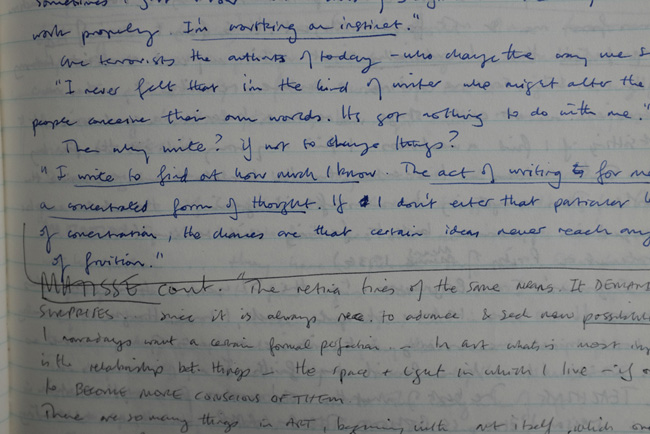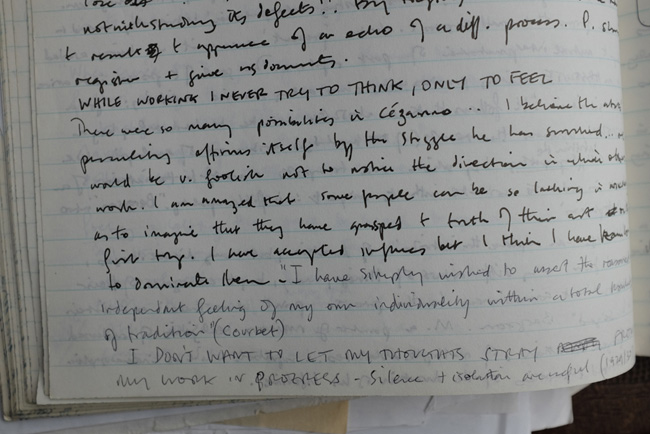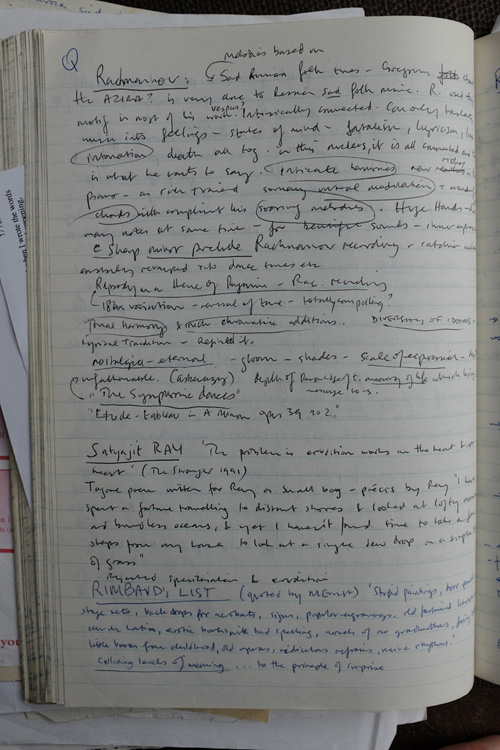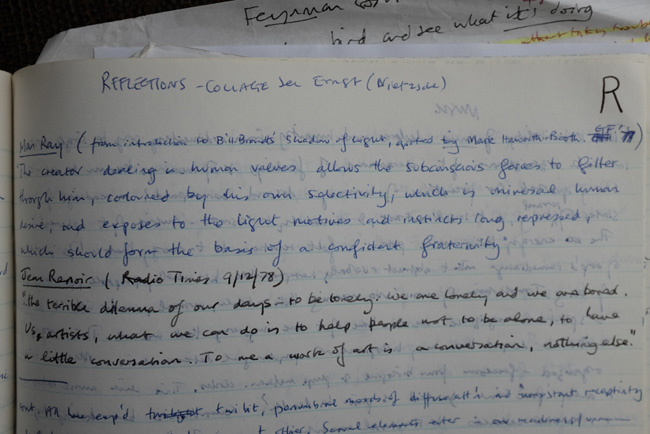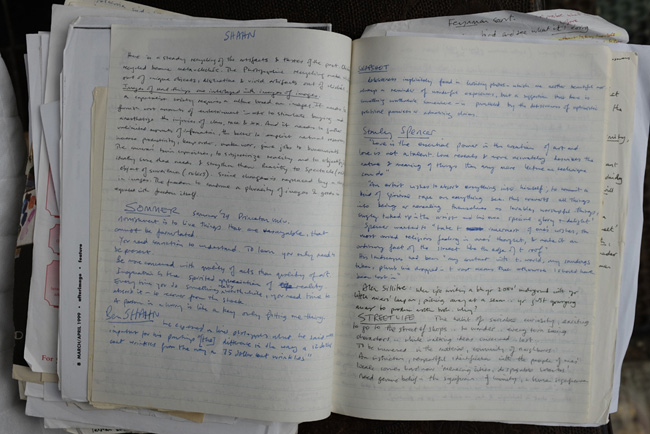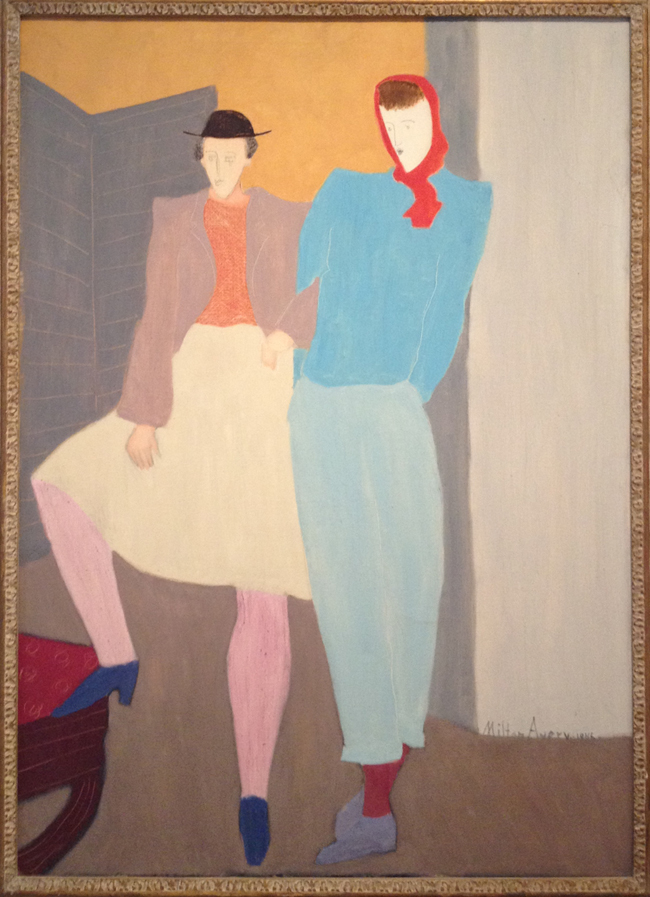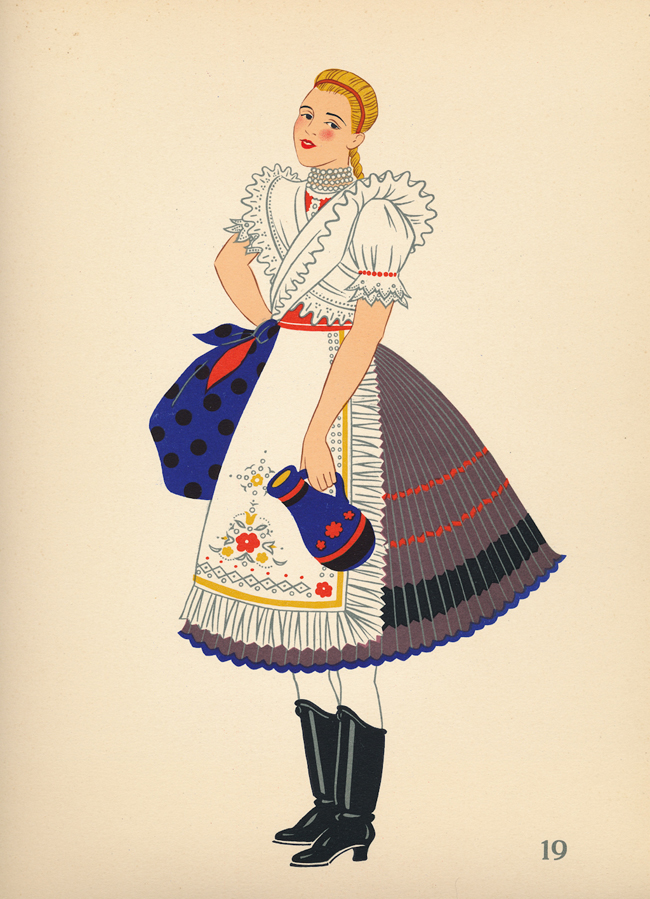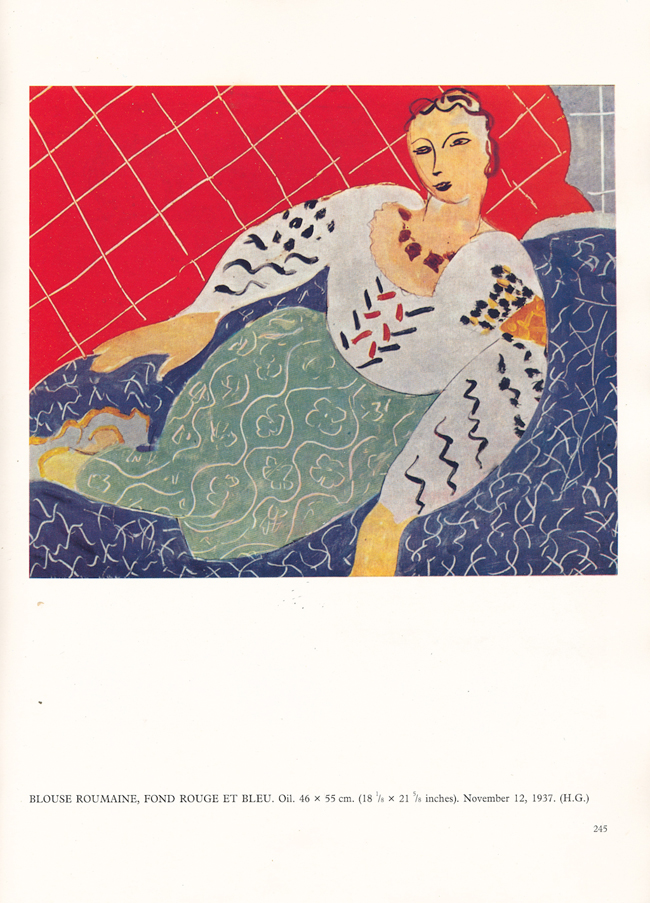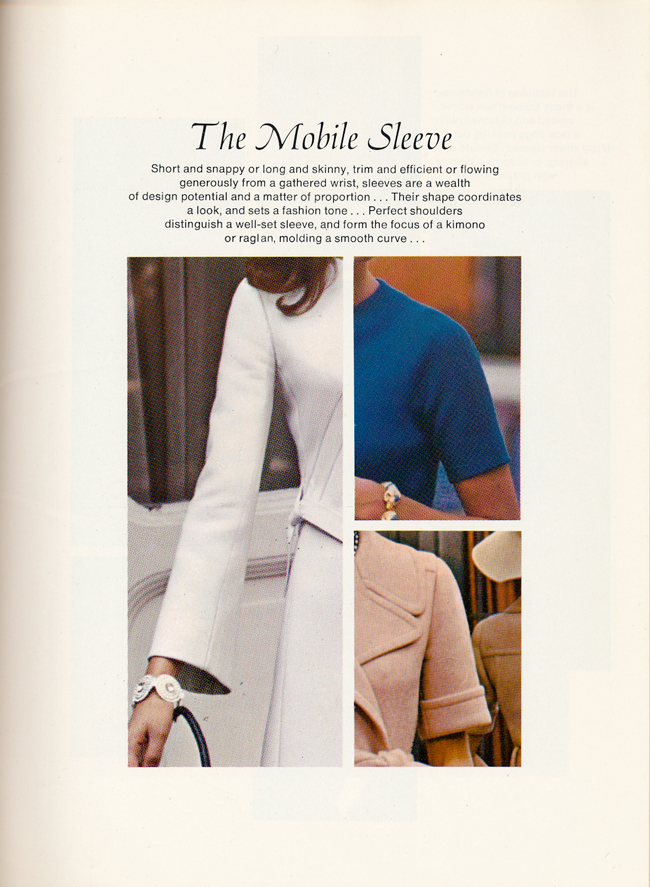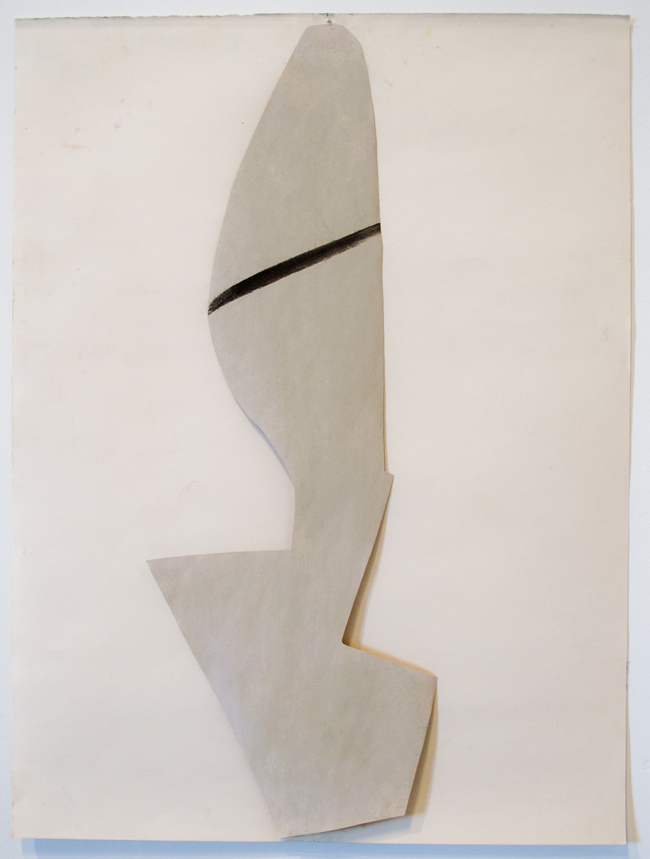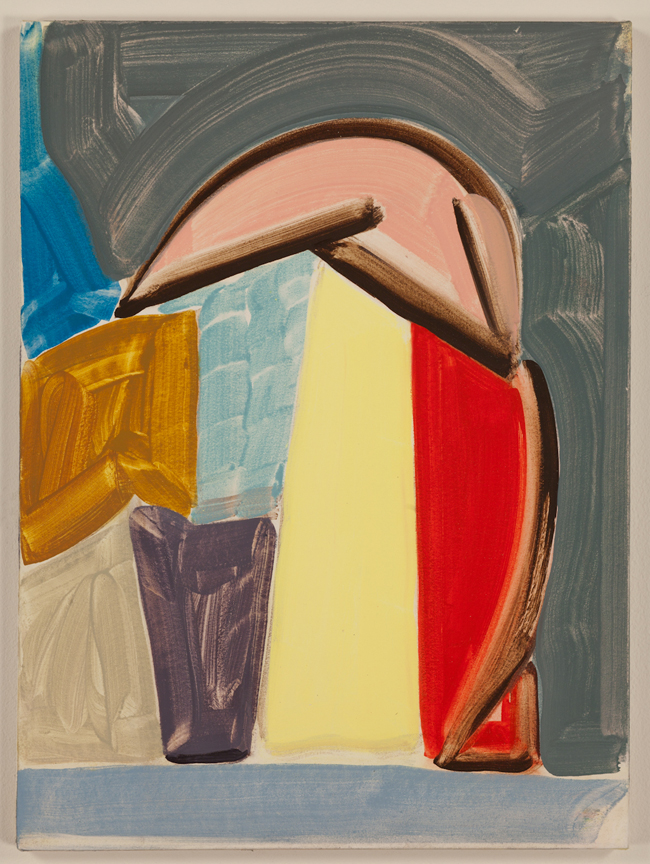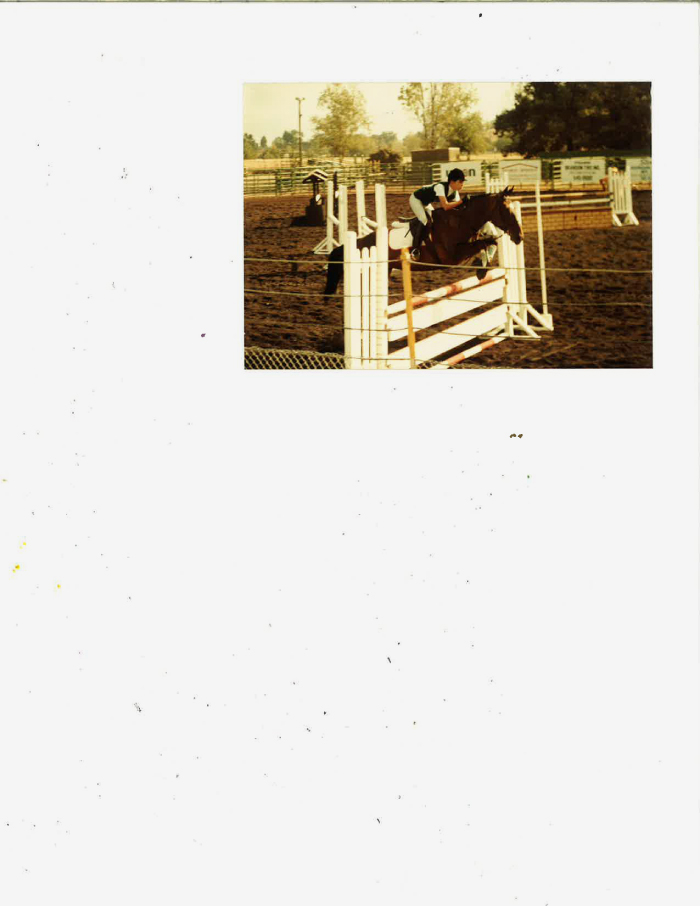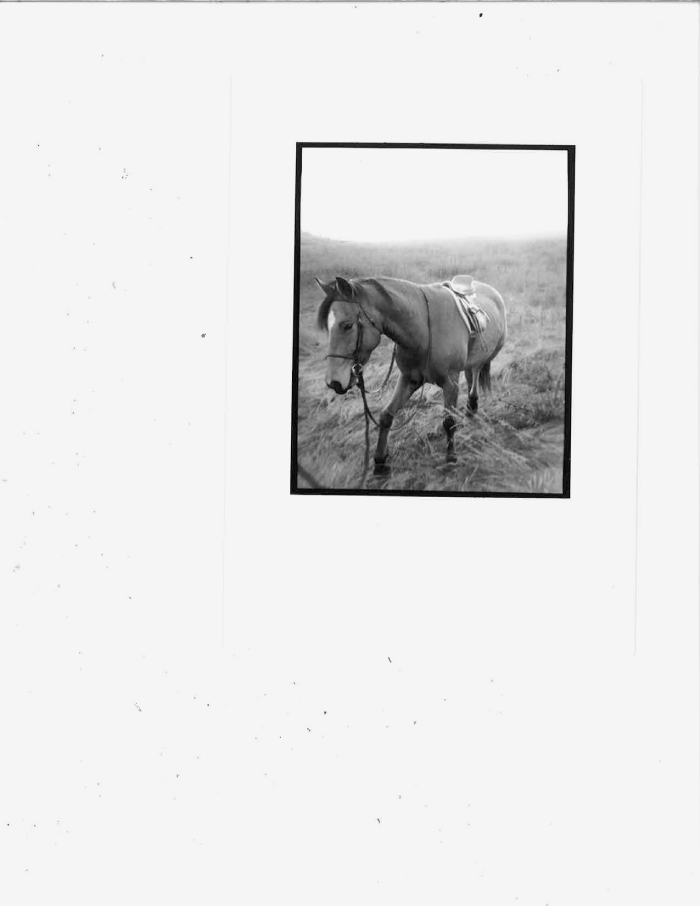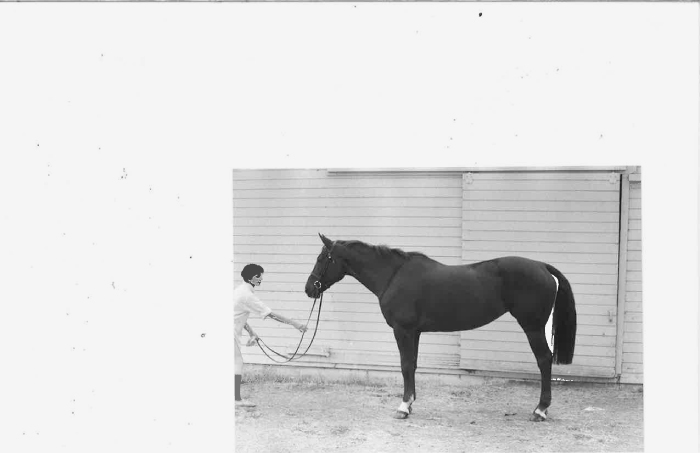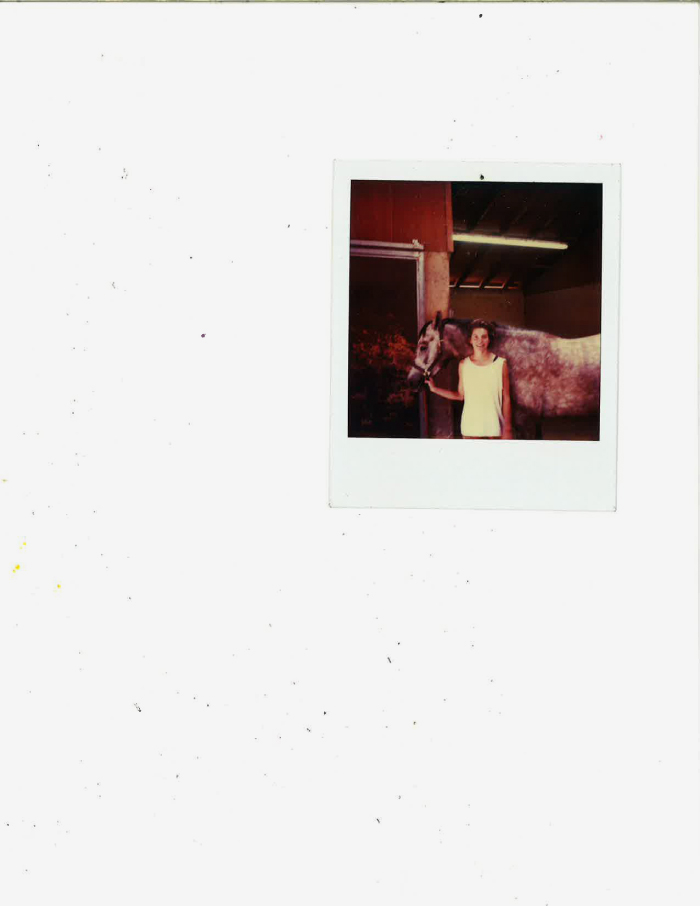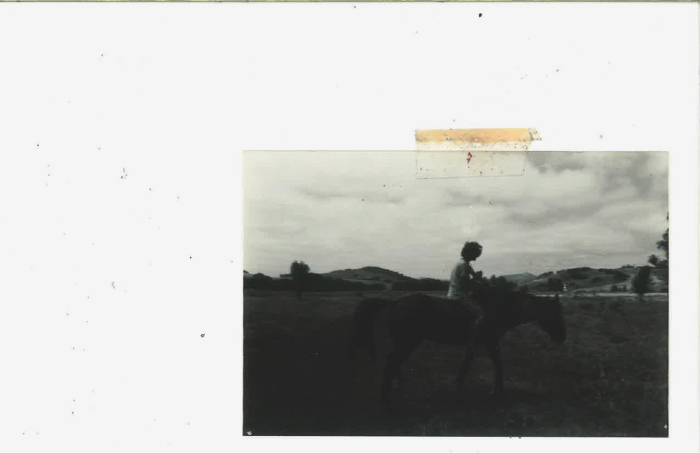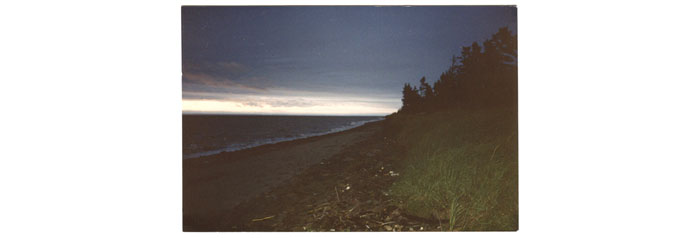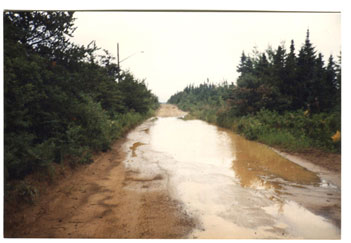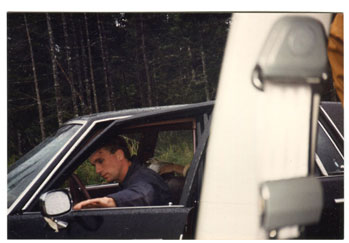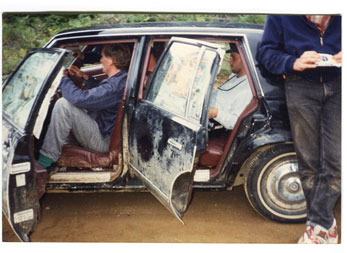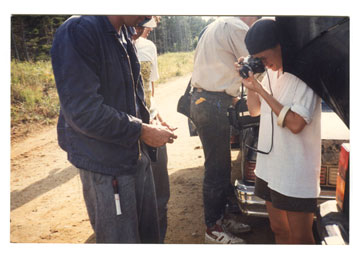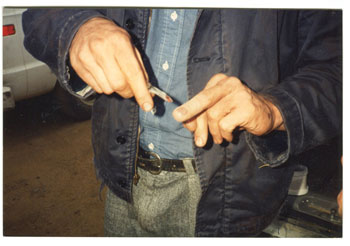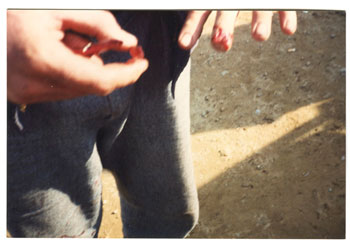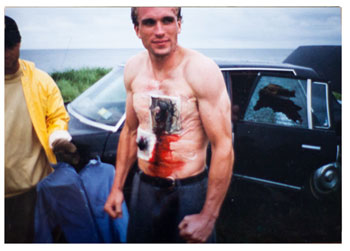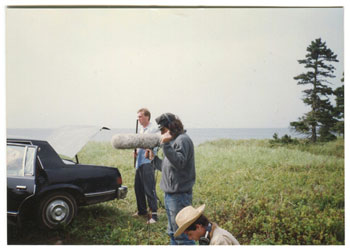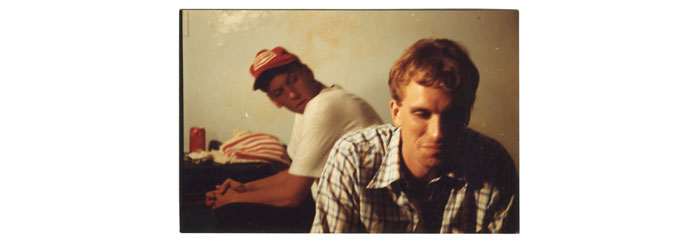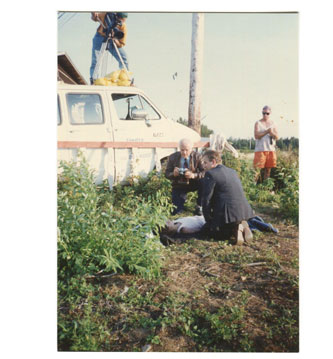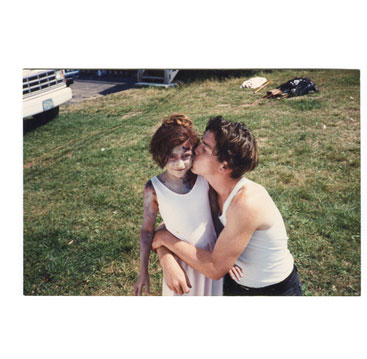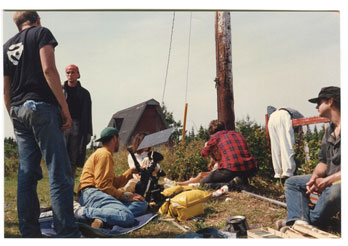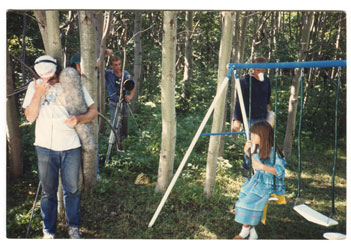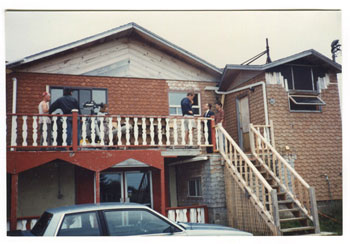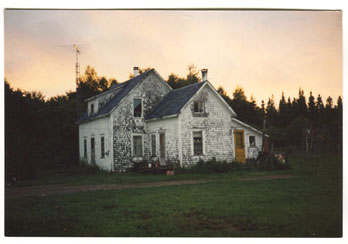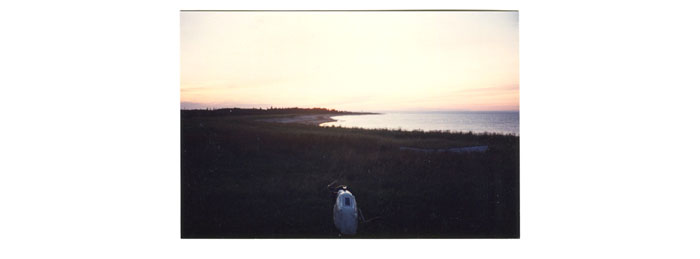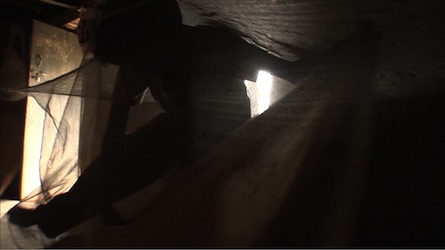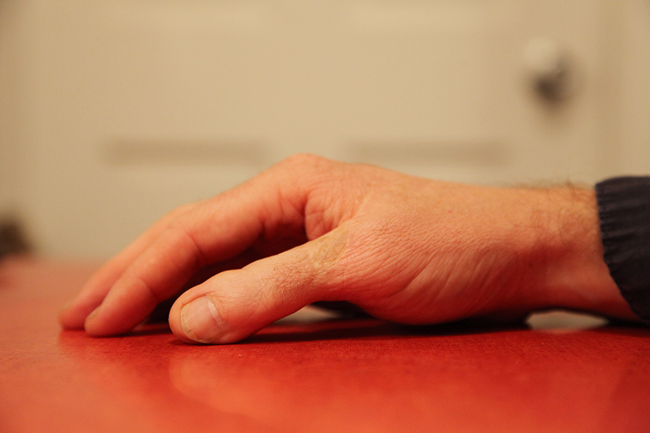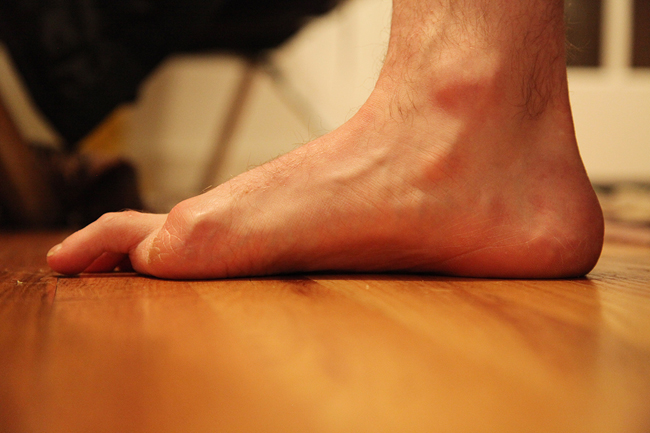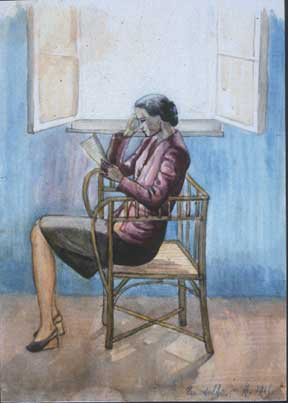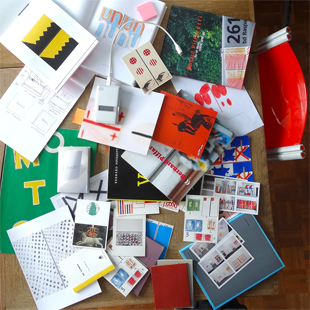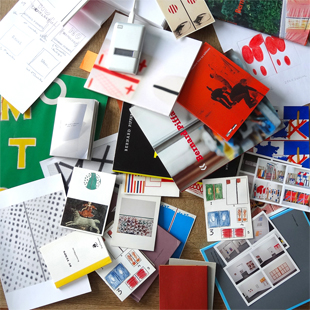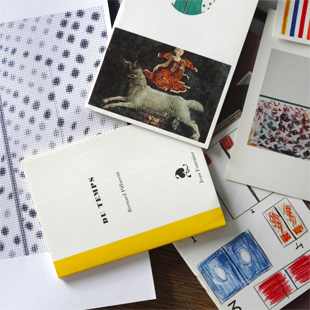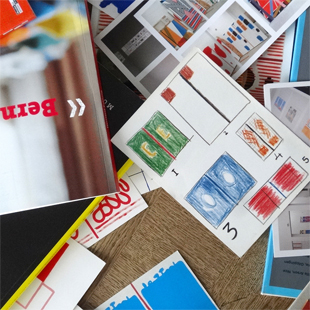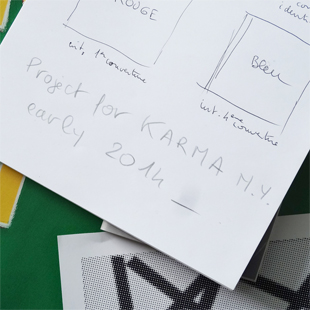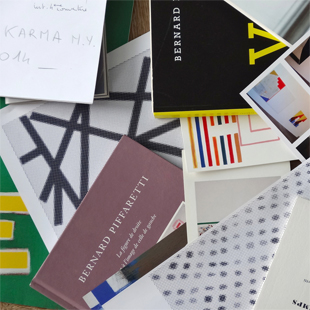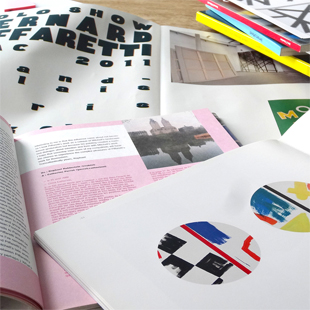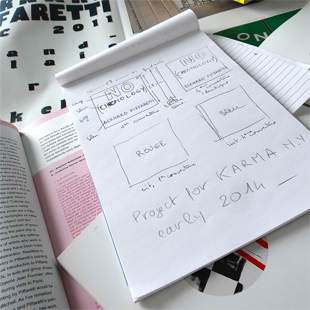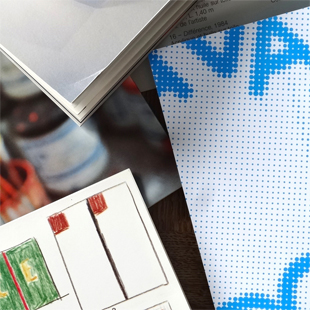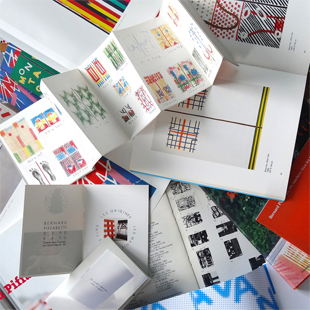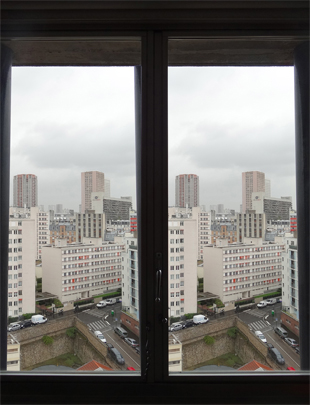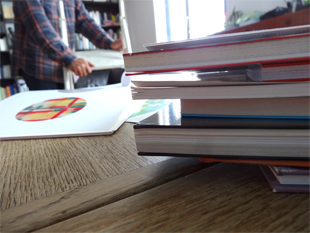— I was born in the suburbs of Chicago and before I was three years old, moved to the San Fernando Valley outside of Los Angeles, perhaps the ultimate west coast suburbia, and then moved again to the deep suburbs of San Diego, itself acting as a kind of a large scale suburb to the larger and more Cosmopolitan Los Angles. I stayed in San Diego until I left for college (in the woods of Vermont) but even within that time frame, moved several more times, each move, seemingly further into the depths of new-build suburbia.
My father once came home drunk and accidentally entered a different house, owing to the fact that there were only three, maybe four house models in our tract, and they repeated themselves endlessly in mirror images of each other, carpeting the hills as far as the eye could see.
The towns we lived in all had idyllic, even mythical sounding names, i.e. Woodland Hills, Del Mar, Leucadia, Encinitas, etc,. but were in fact masses of faux Spanish, beige stucco boxes that had been glopped onto Chaparral hillsides. I would commonly wake in the middle of the night to the solitary cries of the coyotes that our “communities” had unseated, and would peer out my bedroom window to see bands of them slowly meandering through the automatic sprinklers in the eucalyptus groves and artificially green common areas that punctuated the otherwise uninterrupted blocks.
Both my parents had been raised in small Midwestern towns, but I think my mother, (an artist manqué), resisted suburbia most of all, in whatever small ways she could, mostly, I believe, related to the decoration of, aforementioned Spanish, stucco, spilt-levels. This must be how I got my hands and eyes on what I now consider to be the foundational text for me; Terence Conran’s THE HOUSE BOOK (and subsequently The Bedroom Book ,The Bathroom Book, The Kitchen Book, as well as any number of the many books that aped the House Book’s distinctive square format and casual style in the seventies and eighties.)
My Family is very small, and over the course of my youth we never lived in any one neighborhood or house long enough for it to become really imprinted on my mind as a “home”. This in combination with the fact that I was a fairly solitary/unhappy young person, spending the majority of my time alone in my room, made The House Book a kind of bible, a portal to other worlds, worlds consisting of the cluttered, bohemian, food and art filled interiors of city and country houses, with nary a suburban cul-de-sac in site.
The House Book was for sure the first place I ever saw the work of David Hockney, Frank Stella and the Bauhaus. The life depicted in the House Book was a veritable siren-song for me, promising a modicum of control through style and aesthetics, in a time when I felt especially powerless. It promised that at the end of the long beige tunnel of suburbia, shaggy bohemians awaited, sitting around long dining tables covered in psychedelically striped table cloths eating baguettes and drinking wine. Everywhere were exotic textiles, warm colored, wood filled kitchens, sunken living rooms, raised platform beds, supergraphic adorned walls, striped curtains, glorious messes and minimal pleasure domes. They residents of this magical land lounged on flokati covered daybeds in the nooks of A-Frames, they drank a lot, all of their stuff had specific (often color-coded) compartments or was spilled out in beautiful piles all over the floor, they loved stripes, they liked to sleep on the floor or way up high, THEY LOVED PLANTS! The kids and the adults were always hanging out together and they were all extremely mellow, colors complemented but more often than not, clashed, patterns (and styles) jousted loudly with each other, there were lots of ladders and secret compartments, most of the WORK spaces seemed created mostly to make ART, form and function seemed to melt into each other by way of play and relaxation, and the light was always warm and promising.
When I revisit the House Book as an adult (as I ritually do) I immediately feel the aura and energy of the intense scrutiny and desire that I invested into each spread, each image, even into the beautifully duotone, sans serif, table of contents. I find that I’ve secretly (or not) held it dear as an internal model for the development of my taste, aesthetics, (morals?) and even happiness.

